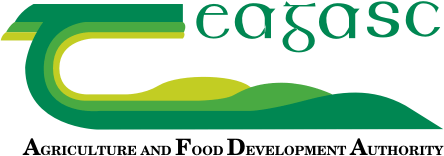Breeding
The autumn calving season started on 23rd July this year. Up to 17th September, 30 cows had calved. As the majority of these were in calf to sexed semen, only 11 were bull calves, with the remainder as heifers. 44 cows are due to calve in total by 25th October. Two heifers needed assistance at calving, but Trevor keeps them in the shed with the cameras on to monitor them. The cows generally calve themselves in the field.
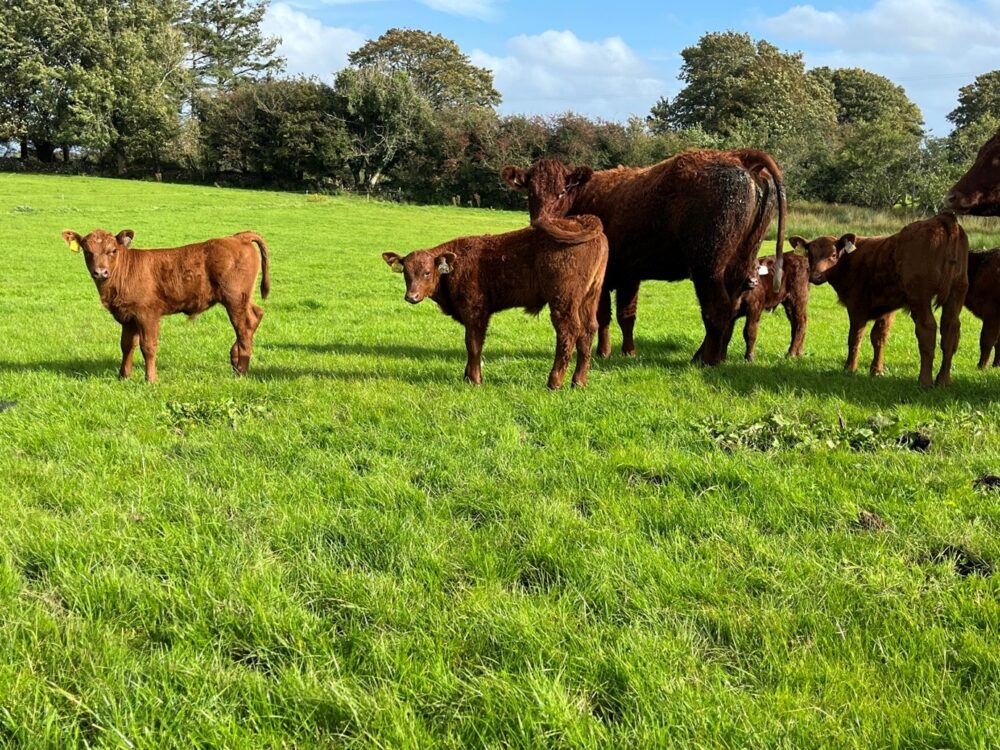
Figure 1: Some of the red Angus calves born from heifers this year
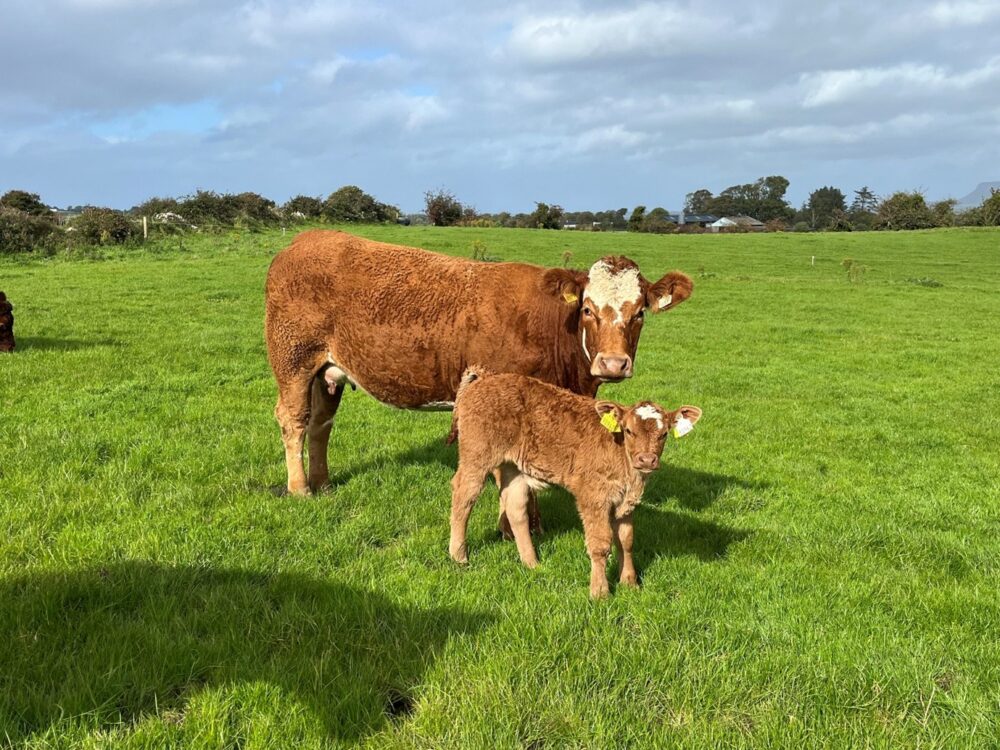
Figure 2: A first calved heifer with her Shannon Stan sired bull calf at foot
Two cows have already been picked for culling as they have very little milk and some later calving cows will also be culled. Trevor expects to have approximately 44 cows and 10 heifers for this year’s breeding season with a target of 50 females calving next autumn. His bull choice will be very similar to 2024, with a strong focus on carcass weight as a trait. The latest evaluation shows that the herd’s replacement index is €148, with 15kg for carcass weight, 6.4kg for daughter milk. -2.01 days for daughter calving interval and 0.01 for docility. He is happy to maintain the milk, docility and fertility currently in the herd.
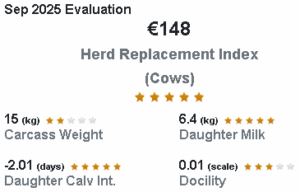
Figure 3: Eurostar figures for Trevor’s herd
This year’s bulls will include;
- Drumline S 1185 (LM9577) – Sexed: Maternal sire for milkier cows
- Replacement index: €200
- Terminal index: €204
- Cow calving difficulty: 4.3% at 97% reliability
- Daughter milk: 4.1kg
- Carcass weight: 37.2kg
- Daughter calving interval: 1.56 days
- Shannon Stan (LM9379): Maternal sire for milkier cows
- Replacement index: €213
- Terminal index: €196
- Cow calving difficulty: 3.6% at 98% reliability
- Daughter milk: 4.8kg
- Carcass weight: 33.8kg
- Daughter calving interval: 2.38 days
- Pottlereagh Mark (CH4160): Terminal sire
- Replacement index: €171
- Terminal index: €146
- Cow calving difficulty: 4.6% at 99% reliability
- Daughter milk: -6.1kg
- Carcass weight: 34.4kg
- Daughter calving interval: -9.14 days
- Knottown Michael (KTM): For first calving heifers
- Replacement index: €91
- Terminal index: €41
- Heifer calving difficulty: 9% at 80% reliability
- Daughter milk: 8.1kg
- Carcass weight: 16.2kg
- Daughter calving interval: -2.59 days
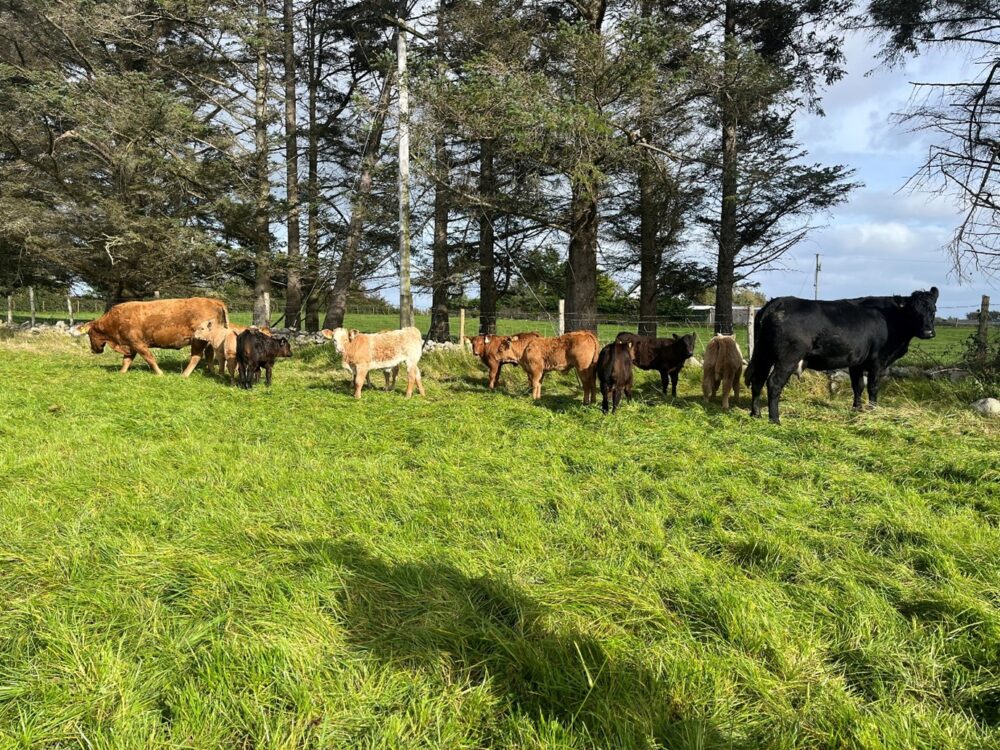
Figure 4: Some of the Charolais and Limousin sired calves that were born this autumn
As Trevor works full time off farm he will use a synchronisation programme this year as he found it worked very well last year. He plans to synchronise 30 females that are over 35 days calved early in the breeding season which will start around 15th October.
The cows will be dosed to treat them for liver fluke, treated for lice and receive an Allsure mineral bolus which contains copper, selenium, iodine and cobalt pre-breeding.
Performance
Four empty cows were sold through the mart on 30th August. Two of these were January calvers, one had bad feet and another had slipped an embryo.
Three bulls were sold to the factory on 16th September. They averaged 376kg carcass weight and graded R+3- at 23.6 months of age.
The first ten finishing heifers were sold to the factory on 3rd October. They averaged 259kg carcass weight and graded O+4= at 19.8 months of age. Trevor is part of the ABP Advantage programme and they have a minimum carcass weight requirement for dairy beef heifers of 230kg. Nine out of ten of the heifers were over this weight at finish. 24 of the finishing heifers will be left in Skreen and 8 Herefords will now be housed for feeding.
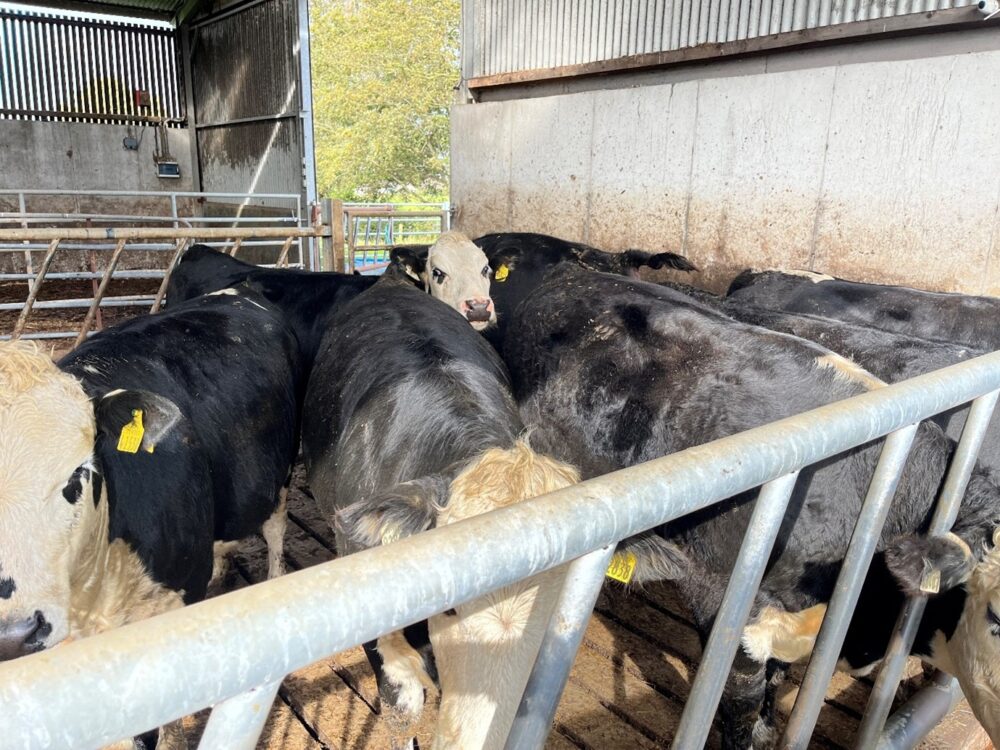
Figure 5: Some of the first batch of finishing heifers that were sold
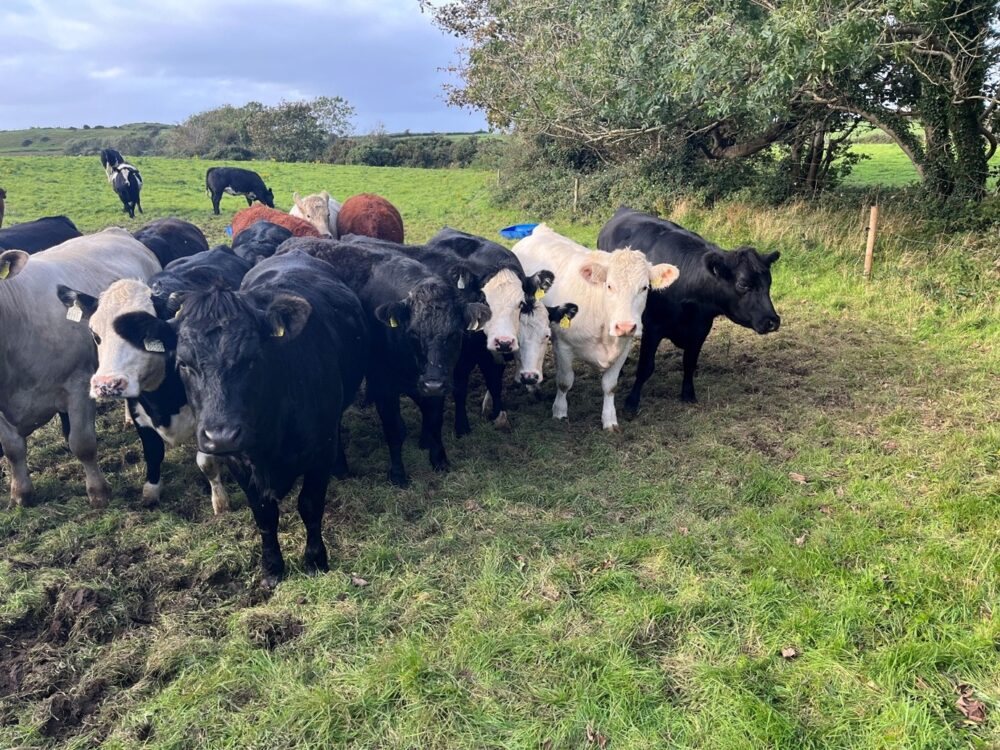
Figure 6: The remaining heifers that are eating 4kg ration/head/day at grass
Soil Fertility
Four soil samples were taken on additional land which has come into Trevor’s land block at the home farm. They showed that the soil pH was low and ranged from 5.5 to 5.8 across the 4 divisions. They require from 3.6 to 5t/acre of lime to help correct it. However the maximum application rate for ground lime is 3t/acre every 2 years so while some can be spread this year, the balance will have to be applied in 2 years.
The phosphorus indexes are low at index 1 and 2 so these can be built up using slurry, farmyard manure and compounds such as 18-6-12 over the coming years. The indexes may also rise when the soil pH is improved, as some Phosphorus may be locked up in the soil and is currently unavailable to the grass plants. Trevor’s P allowances depend on the other soil sample results for the arm, the reseeding carried out, the amount of ration bought in the previous year and the farm stocking rate. His nutrient management plan will be updated for 2026 and he can focus on building the indexes then as we are now in the closed period for chemical fertiliser (since 15th September) and for slurry (since 1st October).
The potassium (K) indexes are quite good across the fields and range from 1 sample in index 2 to 2 in index 4. Traditionally there was little to no silage cut off the fields so this would have helped. Muriate of potash (50% K) can be spread on the index 2 field at 0.5 bag/acre to rise it to index 3. There are no restrictions on spreading K so Trevor can spread this at any part of the year, provided the land is suitable to travel.
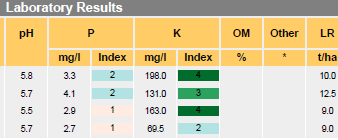
Figure 7: Soil sample results for additional land
